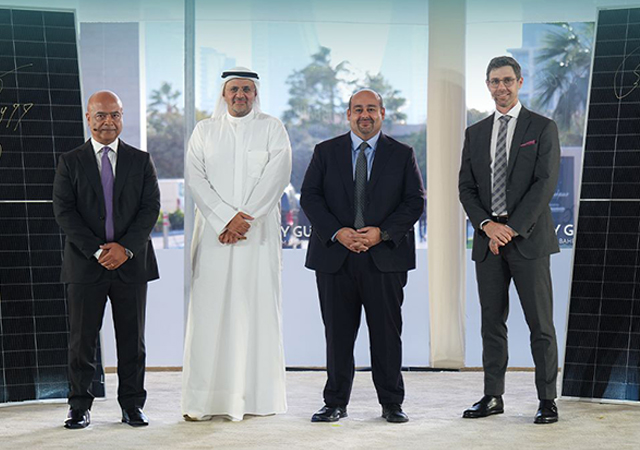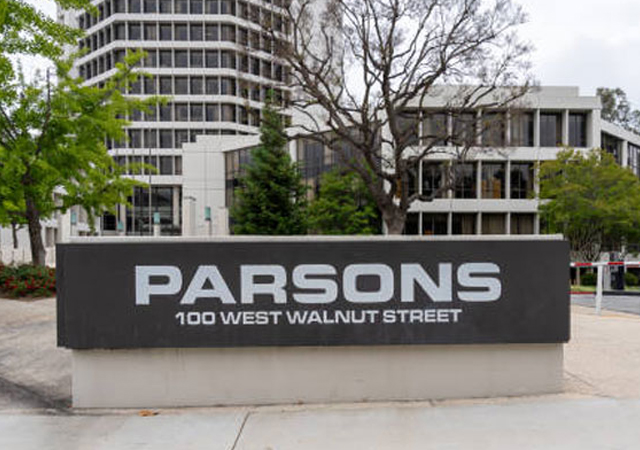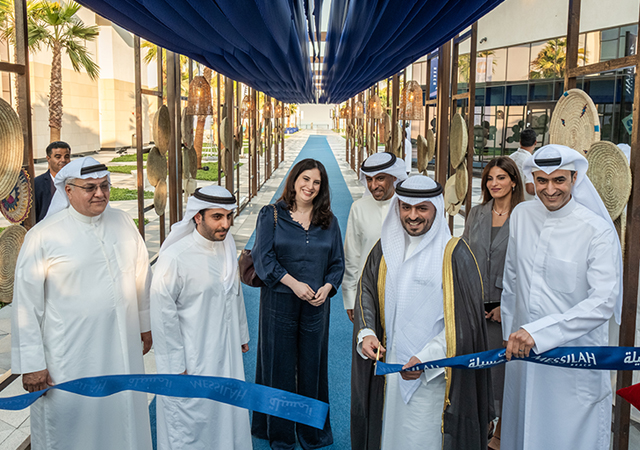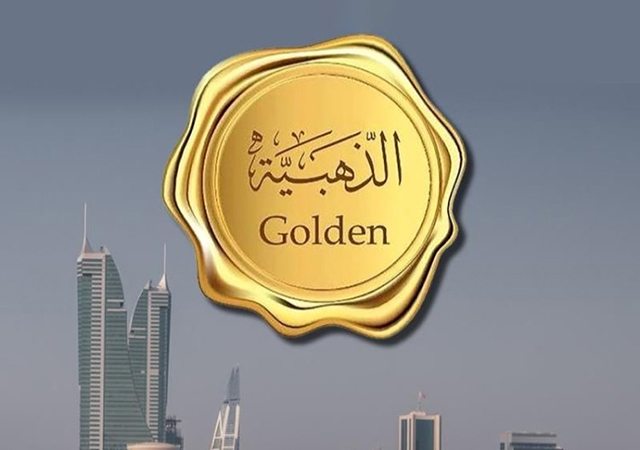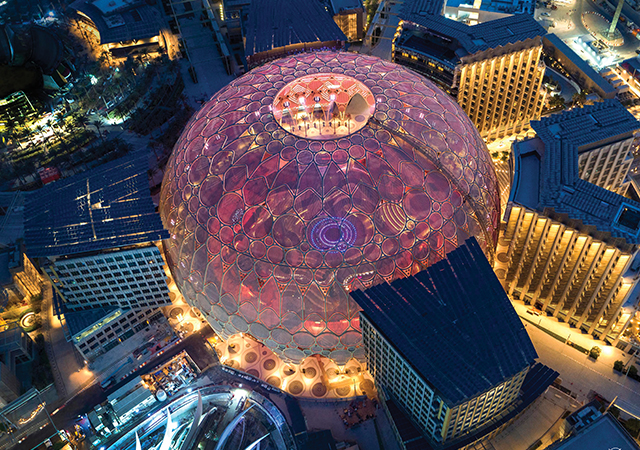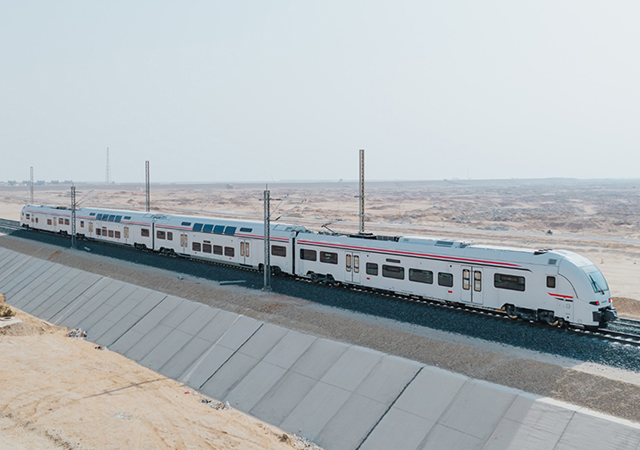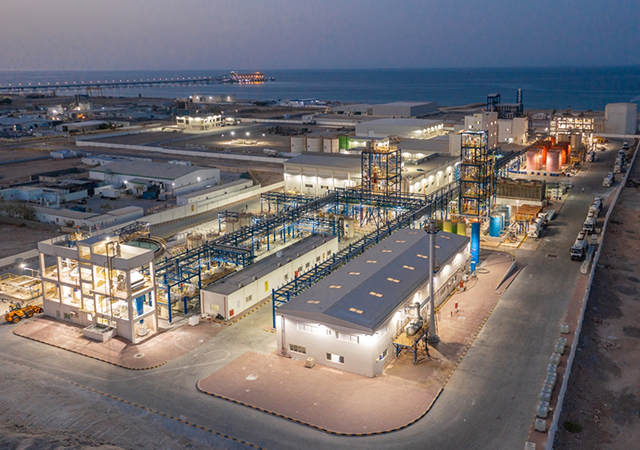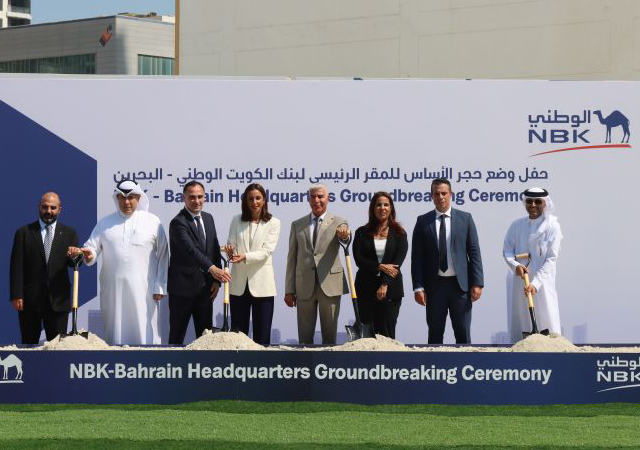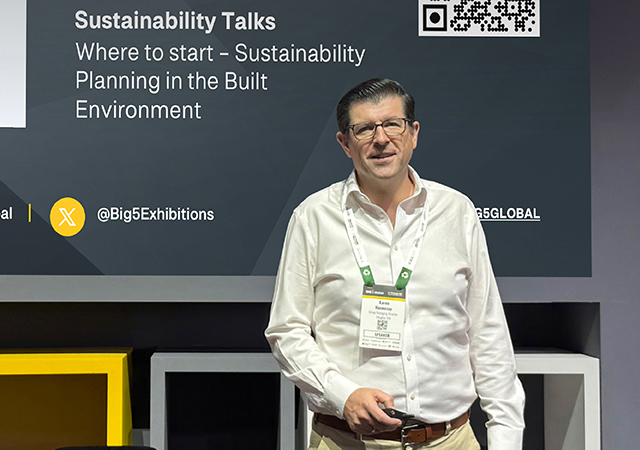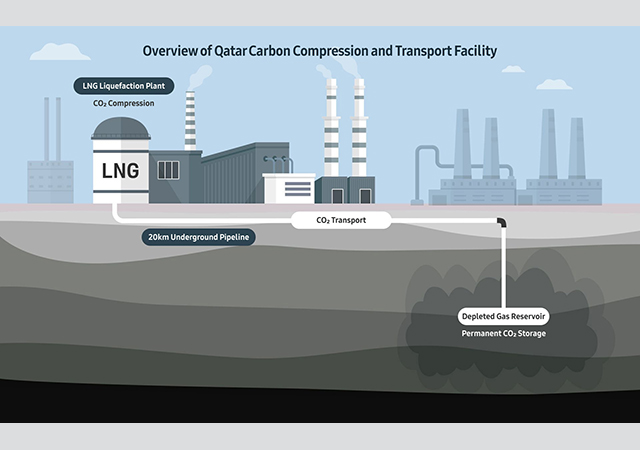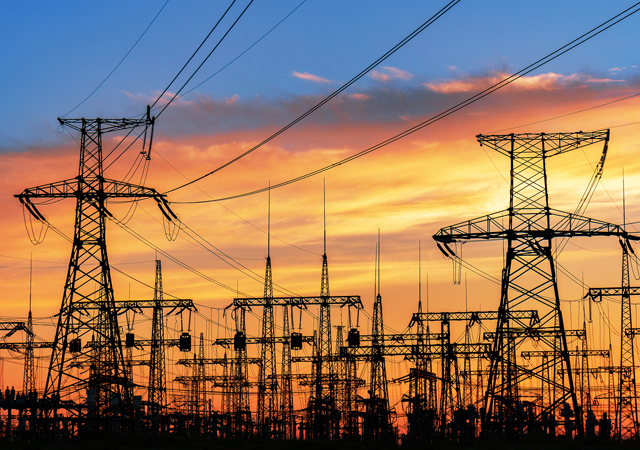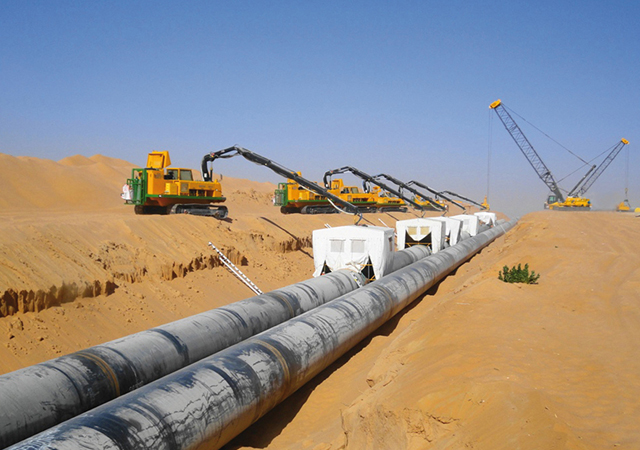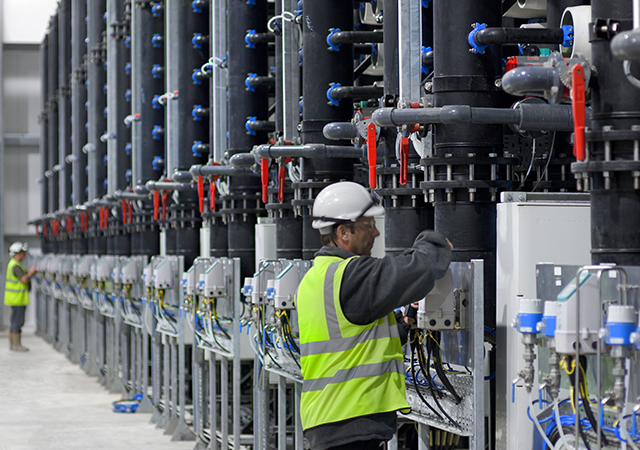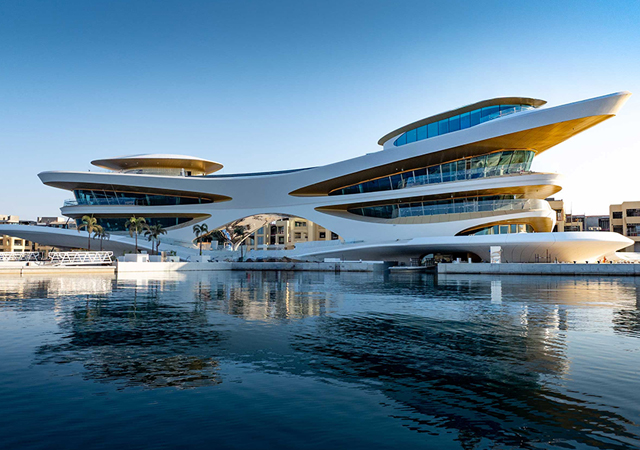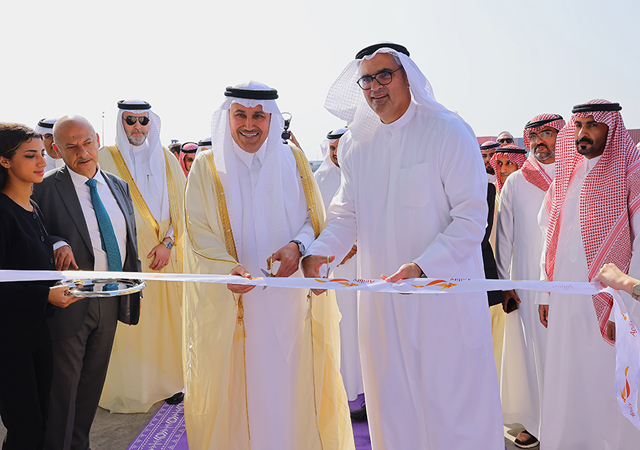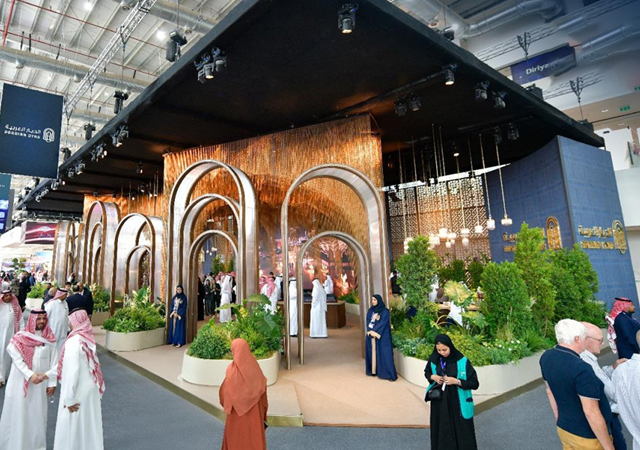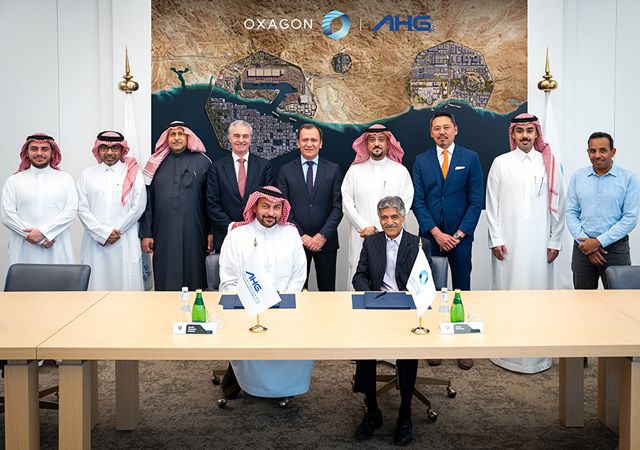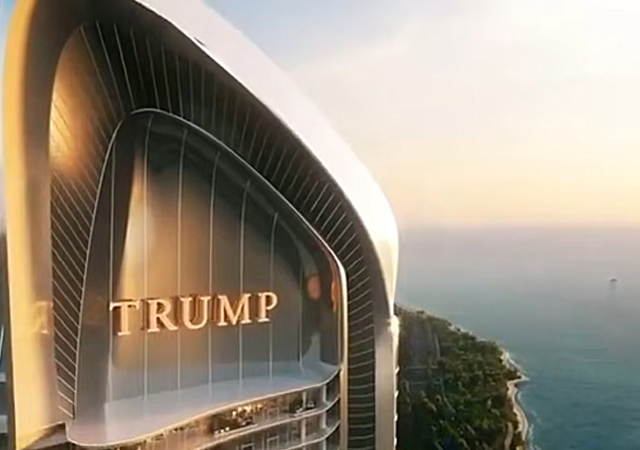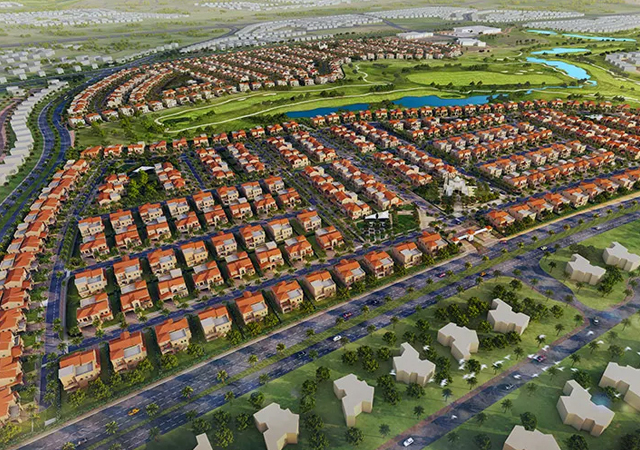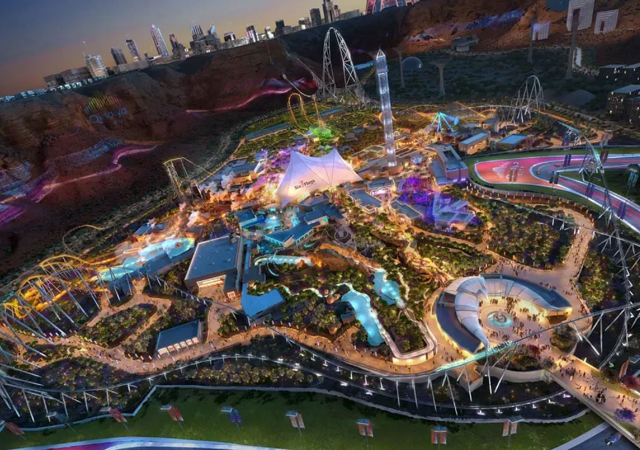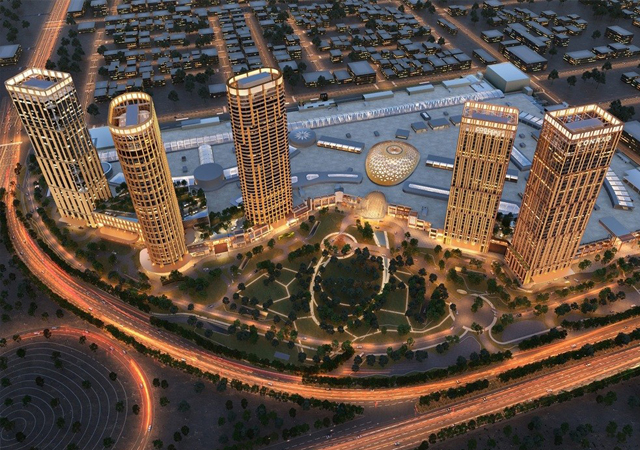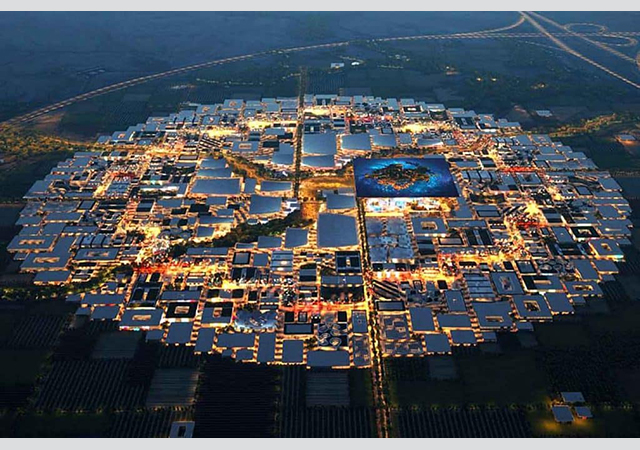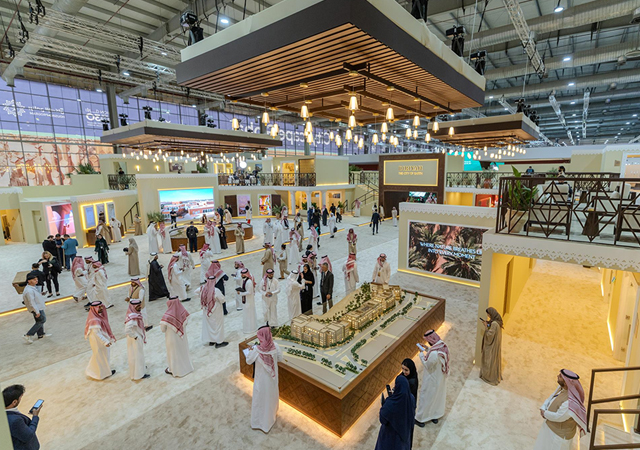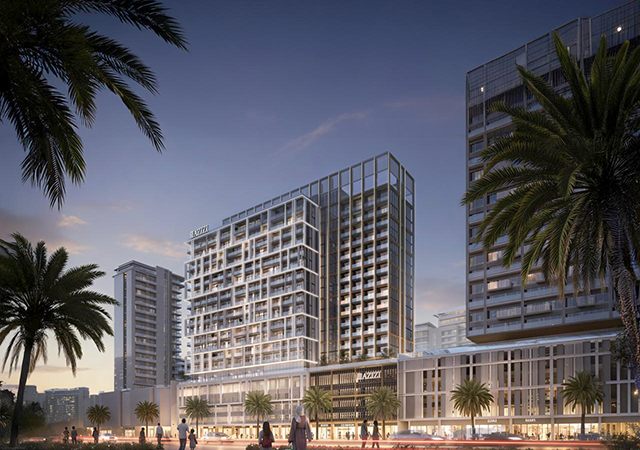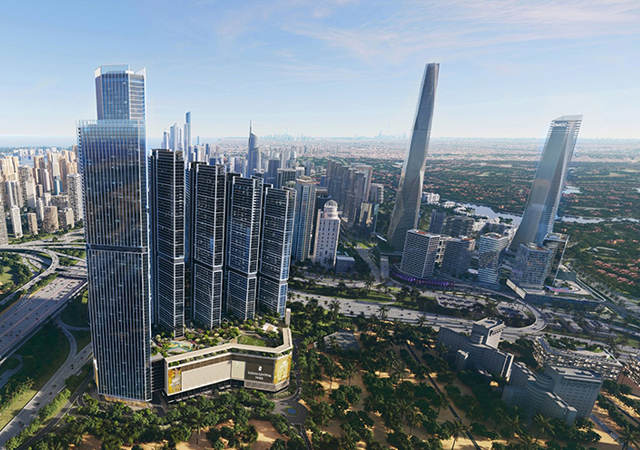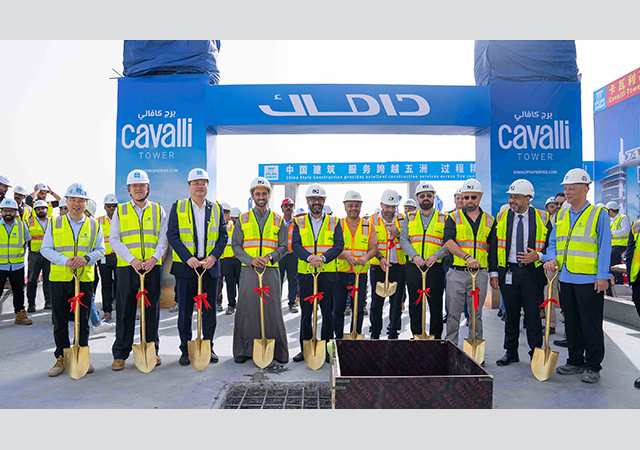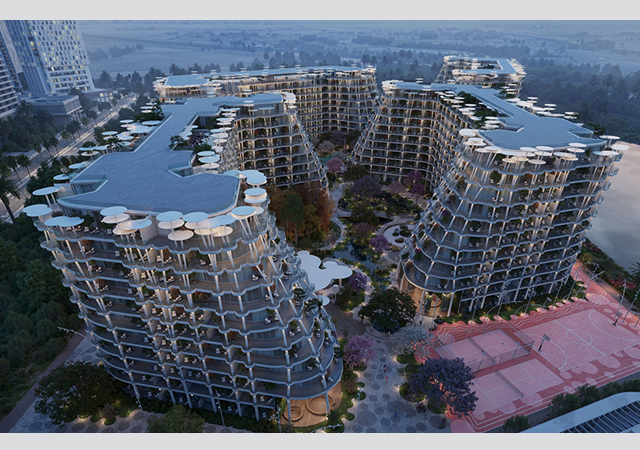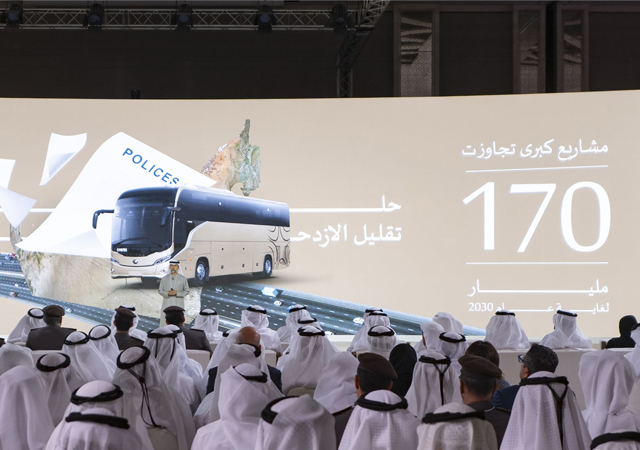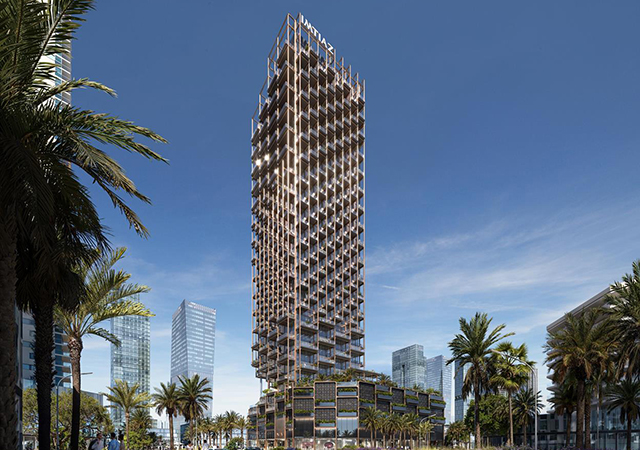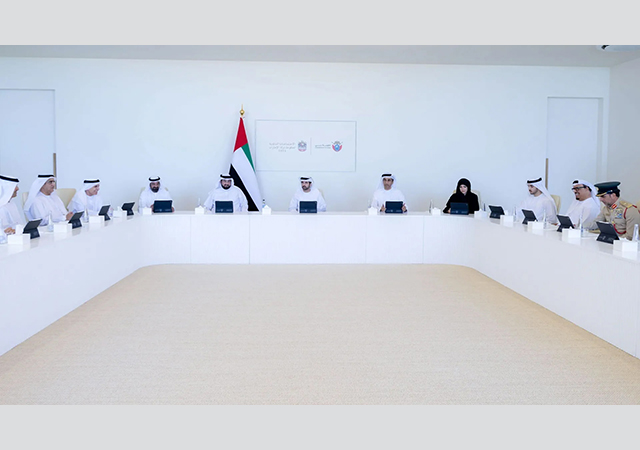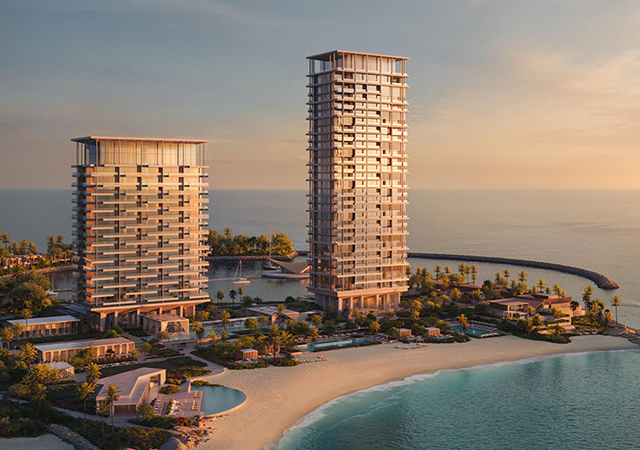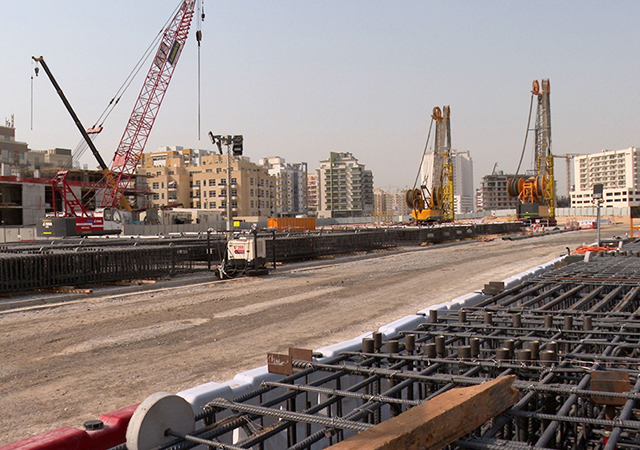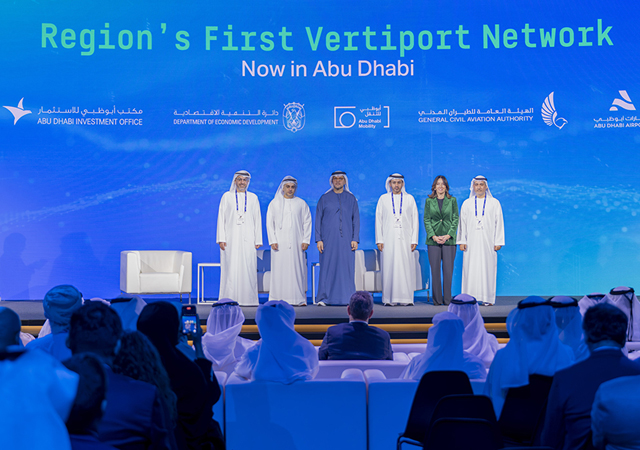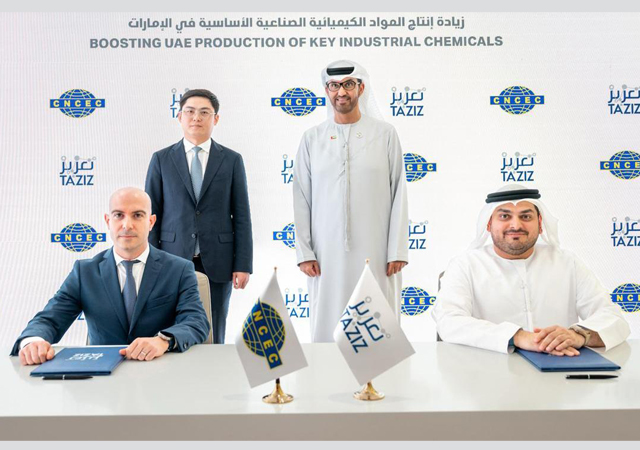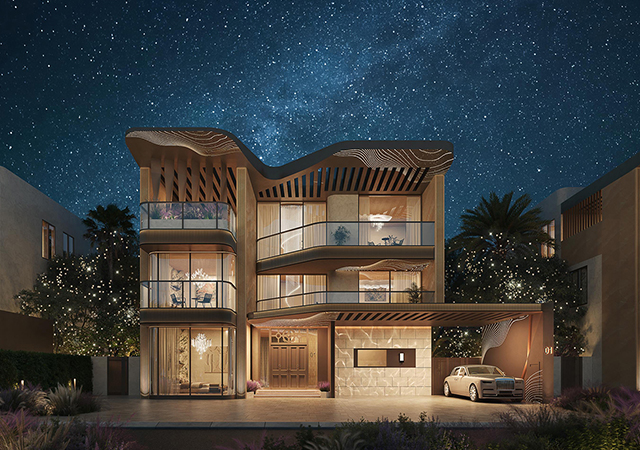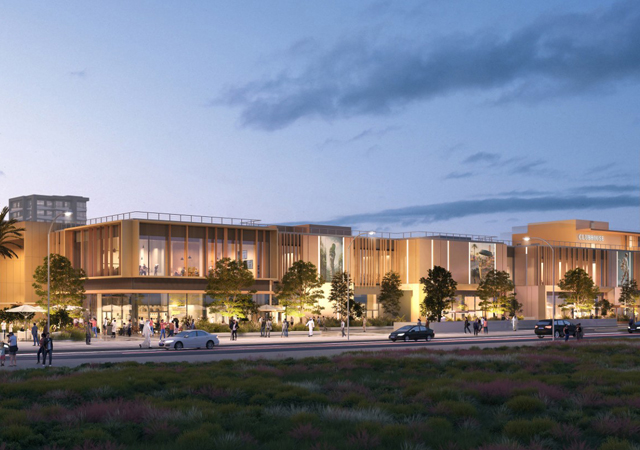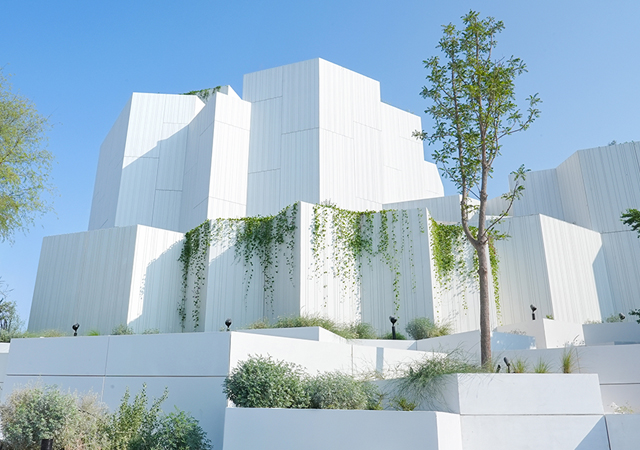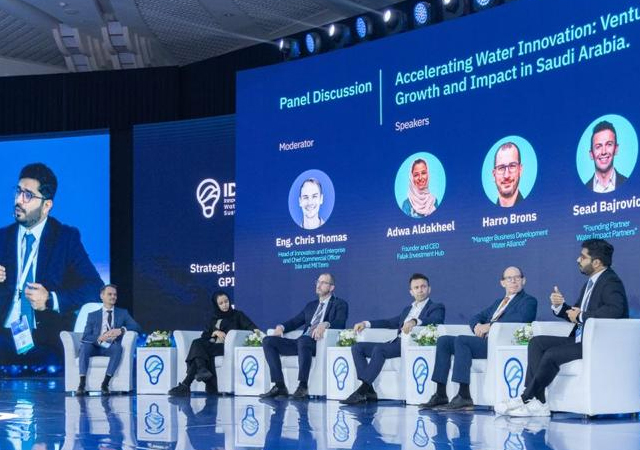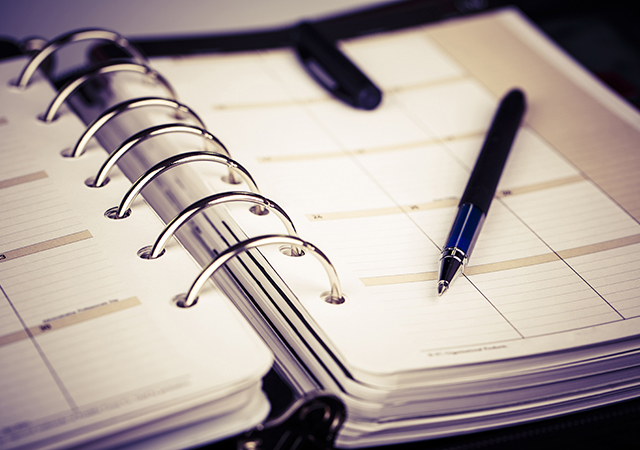
 Work in progress at the Sitra Bridge and Umm Al Hassam intersection.
Work in progress at the Sitra Bridge and Umm Al Hassam intersection.
THE worldwide recession may not have spared Bahrain, but neither has it hit the country too hard. However, it has to be admitted that in the wake of the Dubai debt crisis, property and real estate development have lost their shine and now the construction sector will increasingly look upon the infrastructural development sector – mainly housing, roads and railways, power and sanitation – to keep it busy in the medium term.
As Economic Development Board (EDB) chief executive Sheikh Mohammed bin Essa Al Khalifa put it: “We (Bahrain) never grew at the breakneck speed that most other economies did and are now enjoying the benefits.”
This holds true for the country’s construction sector, too, with a recent study by the CB Richard Ellis Group stating: “The kingdom’s construction sector was strong but had not ‘overheated’ by the time economic conditions worsened in the region and as a result it was not faced with such a sharp adjustment when compared to other major centres.”
“Bahrain’s construction industry, although struggling somewhat, is performing better than most in the region. However, the pace of development has slowed down across the kingdom,” the study adds.
Perhaps, the impact of the downturn on the sector can be deduced from the pre-crisis real growth, which registered an average of 21.7 per cent increase between 2005 and 2007 against a forecast of 3.5 per cent between 2010 and 2014.
A Business Monitor International (BMI) report says the kingdom’s GDP was expected to contract marginally at –0.1 per cent last year, which would be followed by a sluggish recovery at 1.3 per cent this year. BMI remains cautious in its outlook for the construction sector when it says real growth in the sector was expected to fall 4.64 per cent in 2009. Marginal growth will return in 2010 and recover to around four per cent a year in 2012, it says.
What will keep the cogs of the construction sector turning this year and perhaps well into next will be industrial developments and public sector projects.
 |
|
Villamar @ the Harbour ... well under way. |
Bahrain has just witnessed the inauguration of Salman Industrial City in Hidd, which has already drawn in investments worth some $3.5 billion and this is expected to double in the next few years (see Page 107). This could prove to a magnet for industrial ventures if they are provided the right incentives to set up base in Bahrain.
The city enjoys good access to world markets via the newly-opened $362 million Khalifa Bin Salman Port, Bahrain International Airport and to neighbouring markets via the King Fahad Causeway. The port, launched last month, replaces the 50-year-old Mina Salman port and is positioned as a transshipment hub for the Northern Gulf (see Regional News).
Apart from industrial growth, a string of public sector projects could provide a major impetus to the construction sector. These include the $3-billion to $4-billion Qatar-Bahrain Causeway, work on which is expected to be launched this year after a number of delays, the ambitious Bahrain airport expansion, and a series of transportation projects including a new rail plan and road network expansion.
Another key growth area will be housing, with the country’s affordable housing market estimated to be worth some $4 billion. Thousands of homes are needed to fill the demand for accommodation both from Bahrainis and other GCC nationals looking to own or rent secondary homes in relatively liberal Manama. The waiting list for homes for low-income Bahrainis is almost 45,000, according to the EDB. The government hopes the average waiting time for subsidised housing will be cut to five years by 2014.
 |
|
Tubli STP ... the sanitation sector is now open to private sector participation. |
A major transportation infrastructure overhaul could put Bahrain in the fast lane to development and address the serious traffic congestion problems faced by the country. Implementation of the Strategic Roads Master Plan 2021 and the Integrated Transport System is essential if Bahrain aims to be part of the $60-billion Gulf rail project and benefit from cross-border trade, cut freight costs and speed up movement of passengers and cargo.
A study on Bahrain’s BD3.06-billion ($8.12 billion) rail plan is expected to be completed by September this year. The 184-km rail project, to be built in three phases by 2030, will include a mix of light rail trains, monorails, trams and other systems and could go a long way in easing traffic congestion faced by the country.
In the roads sector, the government aims to push ahead with massive projects worth BD400 million (around $1 billion) and looking for private money to get some of them off the ground, according to Works Minister Fahmi Al Jowder. It is exploring an array of finance options such as sukuks (Islamic bonds), private partnership and full privatisation to fulfil its commitment towards some major road projects, of which at least eight – King Faisal Highway upgrade, Mina Salman junction upgrade, Alba Roundabout/ Nuwaidrat upgrade, Juffair Ring Road, Muharraq Ring Road, Northern Manama Causeway (to the planned Northern Town), the Sheikh Khalifa bin Salman Highway Interchange and the approach road to Al Salam Resort – are facing delays because of the cash crunch. Most of them were scheduled to be completed before 2011.
The ministry is seeking assistance from private developers as in the case of the Bahrain City Centre, where developers contributed around 25 per cent of the total road projects in the area and the Bahrain Bay developer’s financing of the flyover into the development.
This apart, the development bonds route is also being explored to raise funds for infrastructure projects.
Last month, a BD376 million ($1 billion) additional budget received the go-ahead. According to officials, the funding will help put stalled projects on track.
Finance Minister Sheikh Ahmed bin Mohammed Al Khalifa said Bahrain has a timeline for progress and this additional budget would ensure that “things will go smoothly”.
Council financial and economic affairs committee chairman Khalid Al Maskati said the new budget would help numerous projects approved in the original budget, but were halted or not executed due to a shortage of funds. This includes covering late payments to contractors assigned by the Works Ministry to work on road and sewage networks.
Al Maskati said spending on government projects increased 57 per cent in 2009 and was expected to rise by 76 per cent this year, with an expected budget deficit of 33 per cent and 28 per cent in 2009 and 2010, respectively.
Oil prices are expected to surge to $83 (BD31.374) per barrel by the end of 2011 and if this happens, Bahrain’s budget deficit would significantly decline, he said.
The new budget allocation includes an extra BD10 million ($26.5 million) to develop Health Ministry facilities, BD10 million ($26.5 million) to restart the villages’ development project and BD4.5 million ($11.9 million) to build fishing jetties.
The council further agreed to allow the government to exceed its BD900 million ($2.39 billion) loans limit by another BD1 billion ($2.65 billion).
Government housing projects will receive BD250 million ($663 million) of the borrowed money, while BD500 million ($1.33 billion) will be used to expand water and electricity networks and the rest divided amongst other services.
Over recent years, the government has been increasingly looking at the private sector to push forward with its essential projects. As with the power and water sector that is deriving benefits from encouraging private sector investment, the sanitary services sector is the next to be targeted for private participation. The plan includes privatisation of Muharraq, Tubli and other sewage treatment plants (STP) and the sewerage network across the country. Bids for the Muharraq STP are due to be invited this month (see Page 54).
In the power sector, the latest IWPP (independent water and power project) is the $2.2 billion Al Dur project, a greenfield combined cycle power plant, which is being financed 75 per cent by debt and 25 per cent equity. The total value of the project is $2.2 billion, and its financing is a significant accomplishment considering the current state of the global economy.
The project is being carried out by a team of Belgium’s Suez Energy International and Kuwait’s Gulf Investment Corporation and will add up to 1,250 MW and 48 million gallons a day of desalinated water capacity to the country’s utility networks. Work on the Al Dur power plant began in August 2008, and is presently on target with full capacity due to be achieved in the summer of 2011.
Other projects on the anvil include the $265-million Bahrain Polytechnic and a $2.65-billion plan to redevelop the Manama Central Market into a business, residential and leisure city within a city, which is offered for private investment.
Qatar-Bahrain Causeway
Construction of the causeway that will link Qatar and Bahrain is expected to commence this year with completion due by 2015. The project, also known as the Friendship Bridge, will be equally funded by both governments and on completion, will be the world’s longest marine causeway, connecting Qatar’s west coast with Bahrain’s east coast.
This multi-modal connection of approximately 40 km will feature a two-lane dual carriageway, including 17 km of embankments and a further 23 km of viaducts and bridges, with two bow-string arch bridges soaring up to 40 m above shipping channels. The scheme includes the infrastructure to support freight and high-speed rail passenger traffic. It is envisioned that the railway will also connect Kuwait to Oman, to become the main rail link for the Arabian Gulf countries
The project’s time-frame has fallen behind schedule due to the addition of freight and passenger rail lines to the causeway, which originally comprised only a highway. According to Jaber Al Mohannadi, general manager of the Qatar-Bahrain Causeway Foundation, the cost of the project – estimated at around $4 billion – could be about 20 per cent lower than originally anticipated, due to a drop in raw material and equipment prices as a result of the financial crisis.
A consortium led by Vinci Construction Grands Projects in May 2008 signed the design-build contract for the scheme. KBR and UK engineering firm Halcrow last year won the two-phase contract for management planning and design supervision of the bridge.
Airport
Last October, Bahrain International Airport (BIA) announced plans for its expansion including the construction of two new terminals. The BD1.8-billion ($4.8 billion) project is planned over the next 30 years as passenger numbers are expected to triple to 27 million per year. Terminal Two – which will handle five million passengers per year – will be commissioned in 2012. In addition, the current Terminal One is to be demolished in 2014 and replaced with a brand new state-of-the-art structure.
The BIA will be capable of handling 1.5 million tonnes of cargo by 2015 up from the current 350,000 tonnes. The expansion also includes aprons, separate piers, a people-mover system and associated facilities such as car parking, road network expansion and utilities infrastructure in addition to the development of an adjacent airport city with state-of-the-art facilities and infrastructure, including hotels, conference centres, retail and recreational facilities.
The expansion is set to be completed within a six-phase programme extending between 2011 and 2038, with Phase One being the facelift of the existing facilities.
The key consultants/project managers already appointed for the project are Hill International (HI), the project manager, whose role will be to look into the overall expansion of the new development.
Hochtief, Germany’s largest construction company, will act as the facility management.
According to the developer Bahrain Airport Company, tenders have been announced for land utilisation and infrastructure design while those for design and supervision and construction are to be announced this year.
Real estate
In the real estate sector, many developers are reticent about the progress made on their developments due to the uncertainties in the market, as this review indicates.
The developer of the 12-sq-km Diyar Al Muharraq, one of Bahrain’s biggest mixed-use residential urban developments, has indicated that building works are expected to commence on the first 3 sq km of the site off the coast of Muharraq, following completion first-phase reclamation work (see Page 61).
Bahrain Bay, $2.5 billion mixed-use waterfront development just off the coast of Manama, is going ahead – albeit cautiously. Bahrain Bay CEO Bob Vincent maintains that despite the slowdown, the project has still delivered all civil infrastructure works as required, under a total investment of $250 million. Currently, around 70 per cent of work is finished and all main contracts, including roads, bridges, utilities and services, will be completed by mid-2010.
Bahrain’s $1.6 billion health island Dilmunia recently awarded a infrastructure design contract to Mott MacDonald, which will design and supervise the construction of all roads, bridges, water and sewage services and district cooling under the deal, which is due to be completed by mid-2013. Dilmunia Health Island is a 125-hectare manmade island off Bahrain’s northeast coast incorporating health and wellness clinics, homes and businesses.
Among other developments, Riffa Views has signed a revised agreement with contractor GP Zachariades (GPZ) for the completion and delivery of villas within the Lagoons Estate, which forms part of the residential development around a golf course. The revised agreement follows the recent commitment of contractor PCC-Terna to a villa delivery programme in the Oasis Estate. The Lagoons Estate comprises 323 villas, and although handover has begun, it has suffered delays, as a result of materials shortages and the pressure of the global economic crisis. The new agreement outlines the schedule of delivery for the remaining villas with completion expected by the end of this year.
In addition to the focus on villa completion and handover at Riffa Views, landscaping works are steadily progressing. The entrance of the Lagoons and Oasis Estates are now both fully landscaped, as is the Royal Golf Club. The infrastructure is 90 per cent complete and 99 per cent of the preliminary road network is built.
Work is also progressing at Villamar @ the Harbour, the residential precinct within Bahrain Financial Harbour (BFH), with the twisting towers now a landmark on the Manama skyline.
Conclusion
As the construction sector braces for yet another difficult year – with a revival only expected towards the end of the year – many companies will be forced to downsize and strategise to maintain their bottom lines. Developers including the government sector could do well to benefit from the drop in prices of construction materials – cost of cement, for instance, is reported to be down by 25 per cent – and better bid prices in view of a hungry contracting sector. As the sector takes a breather, the industry should take a closer look at sustainability and quality construction.
The Ministry of Works has, in fact, taken a commendable initiative by launching the new Standard Conditions of Contract, which aims to set a solid foundation for all construction projects in Bahrain developed by the public and the private sectors and the Technical Specifications Documents, which provides an essential reference for developers that guarantees the development of construction projects according to the highest standards.
Bahrain remains committed to achieving its Vision 2030 that was spelt out in late 2008 and hence the construction industry can be optimistic about better things to come.



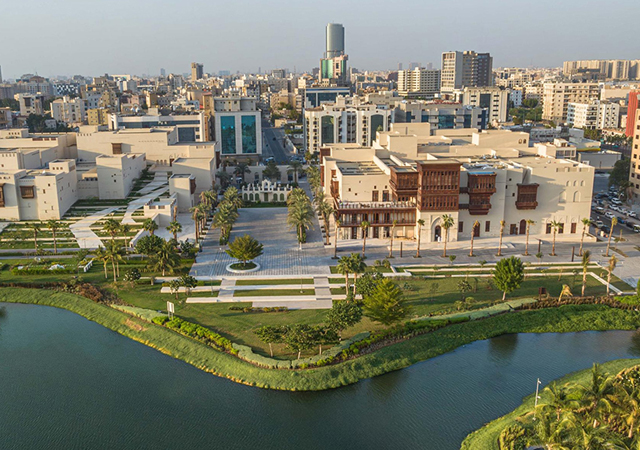
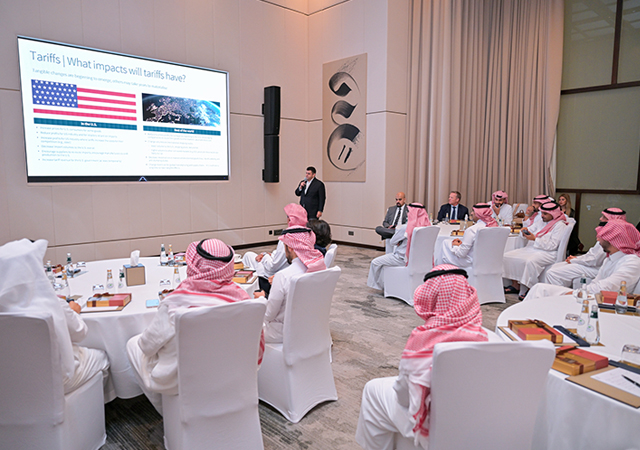
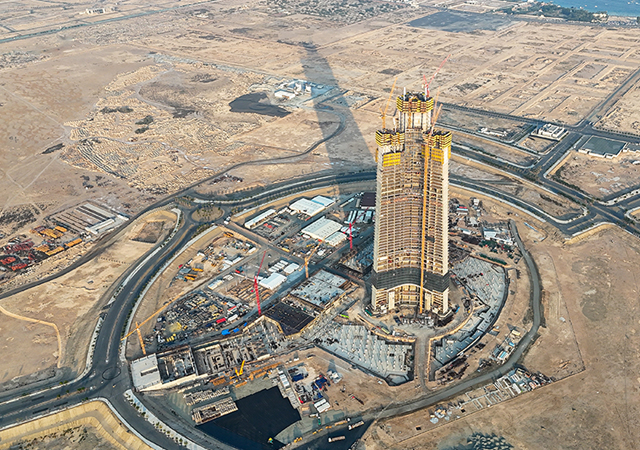
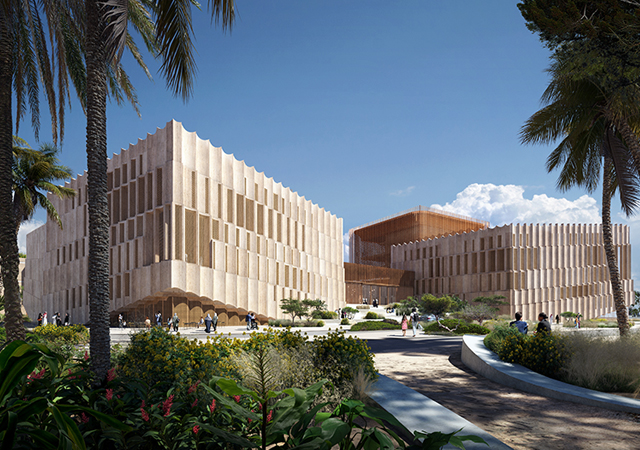
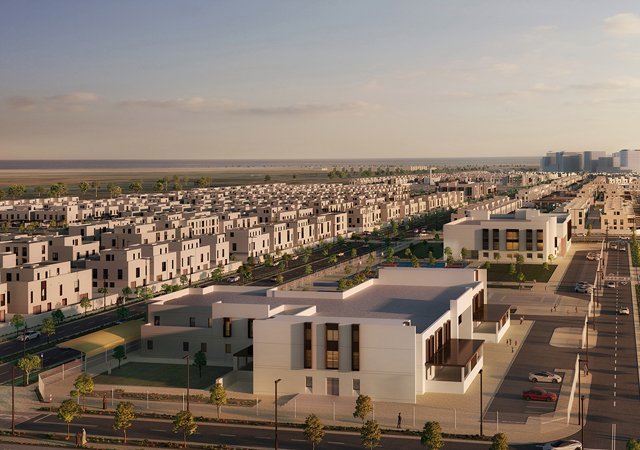
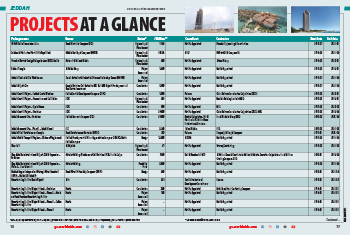
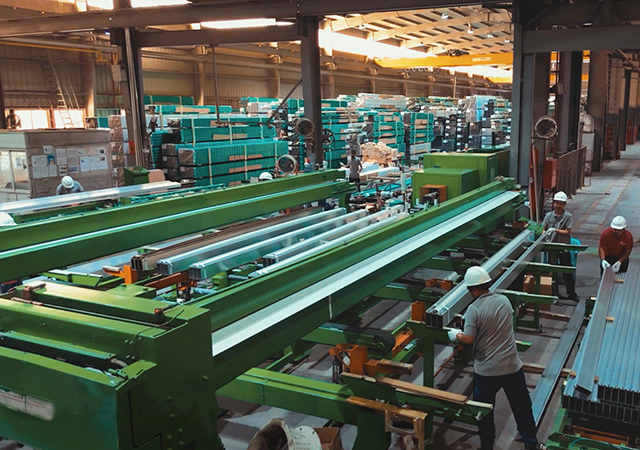

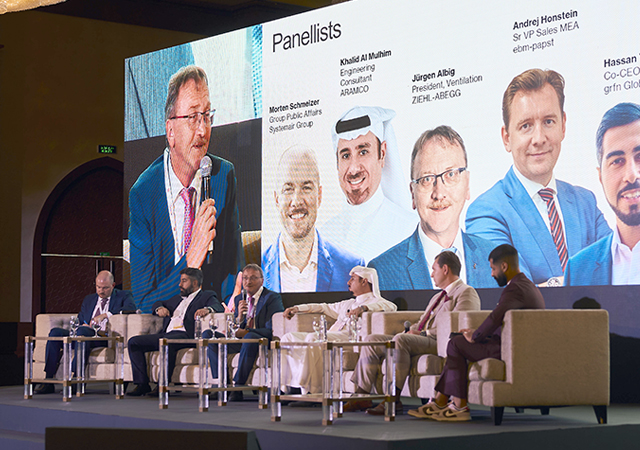
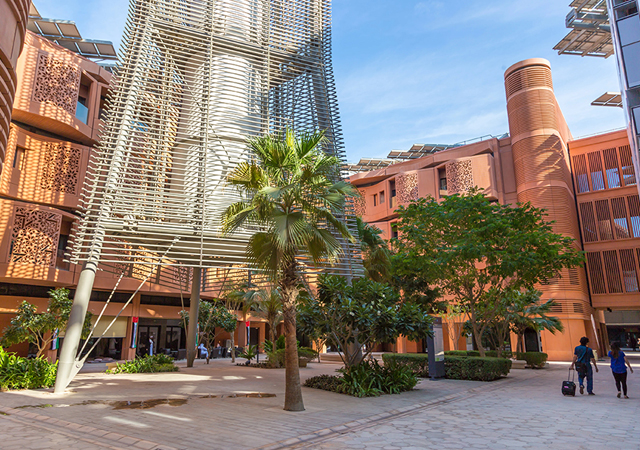
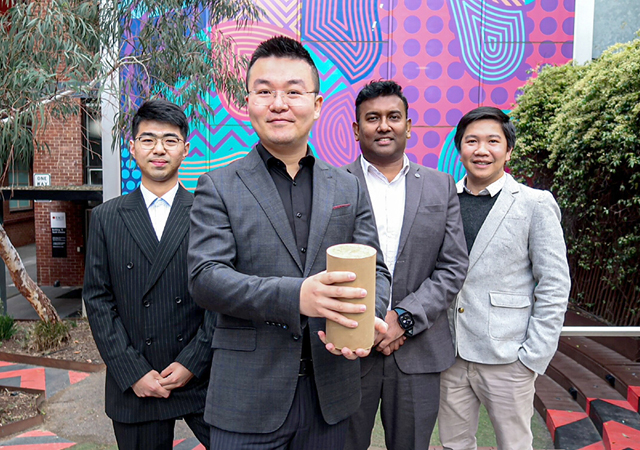
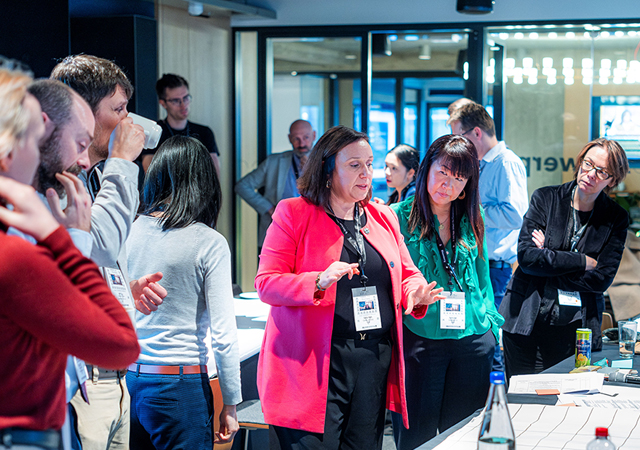
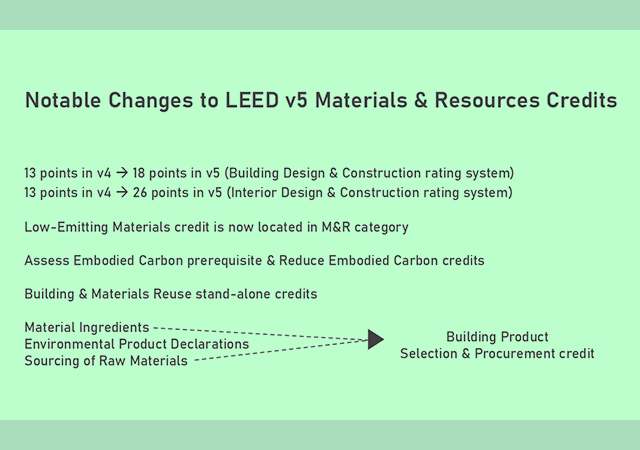
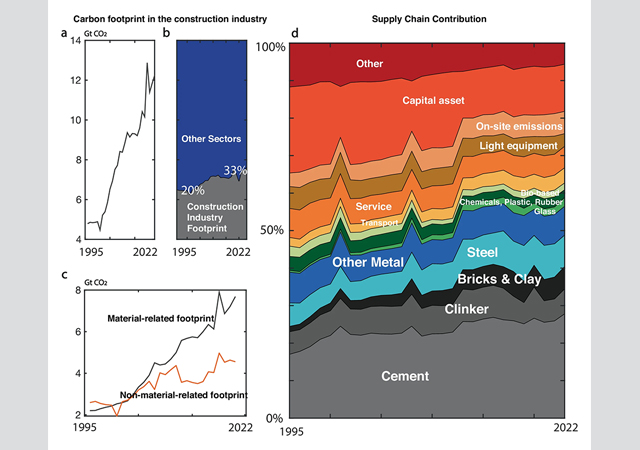
.jpg)
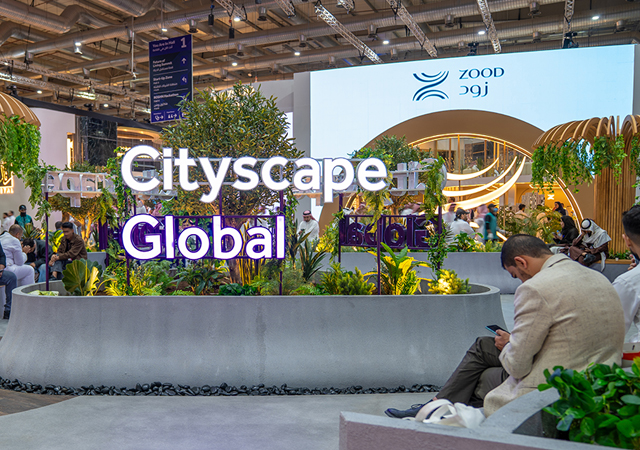
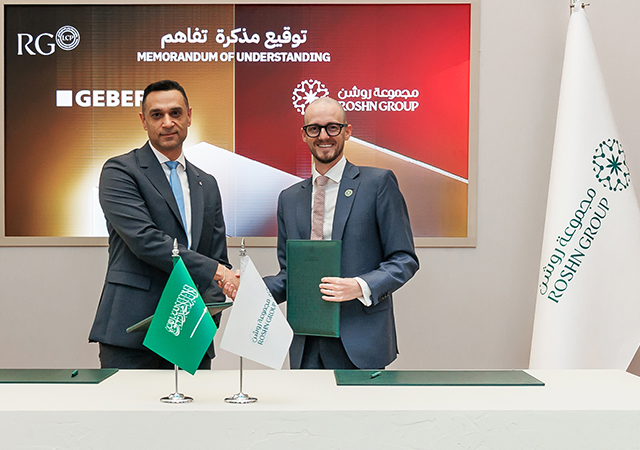
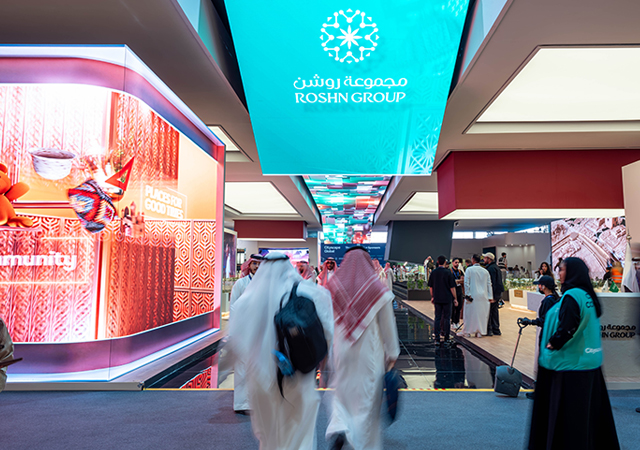
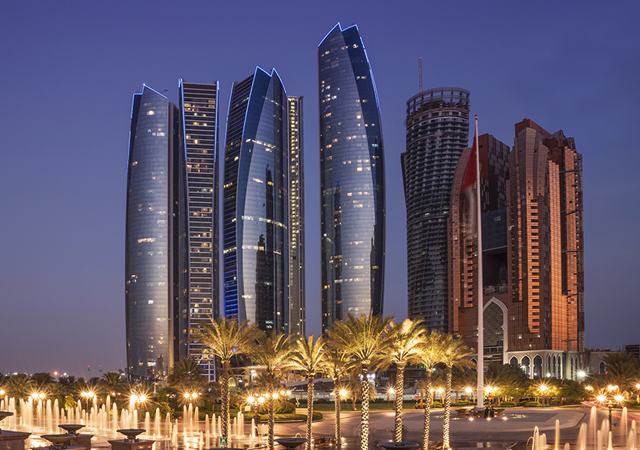
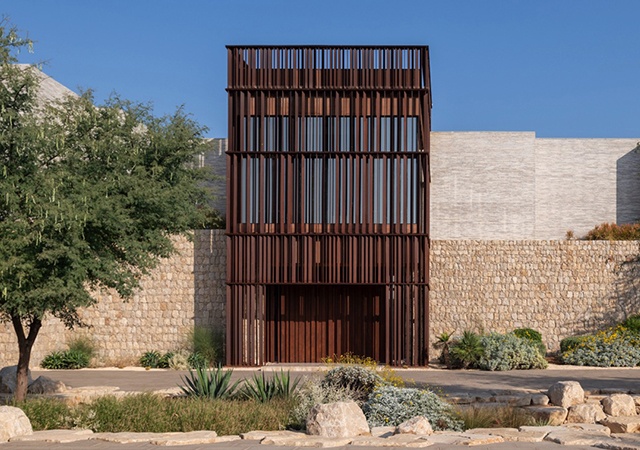
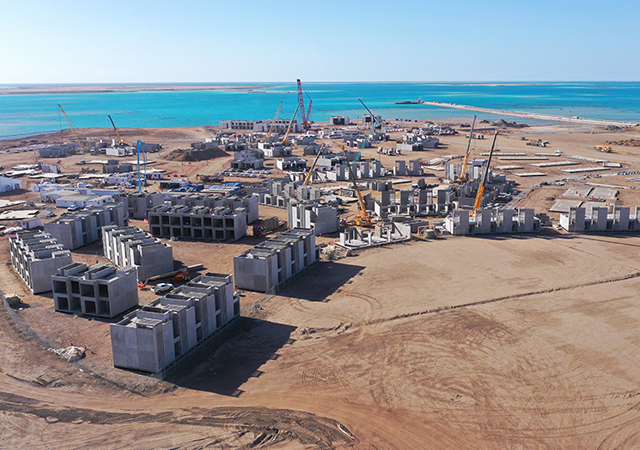
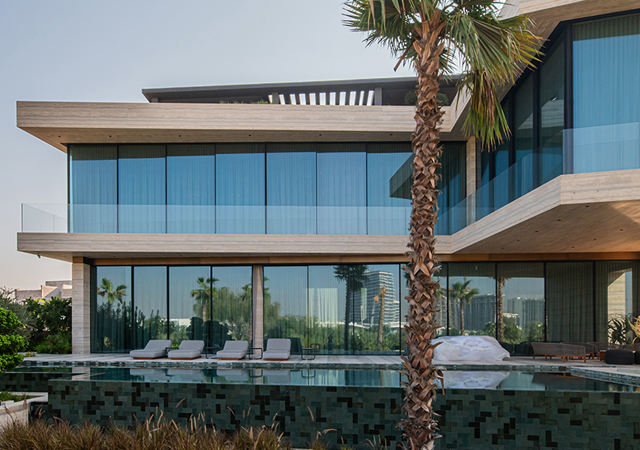
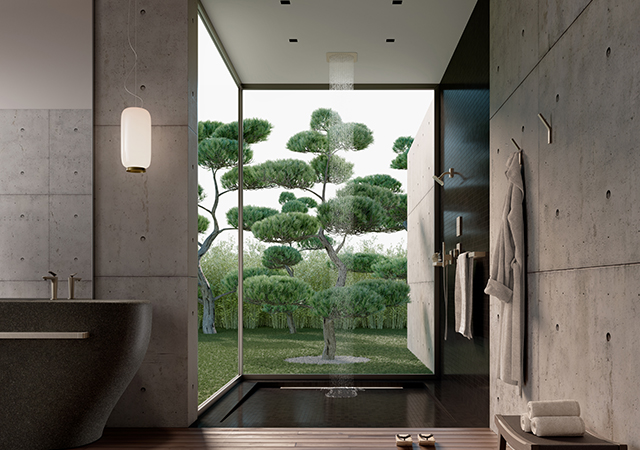
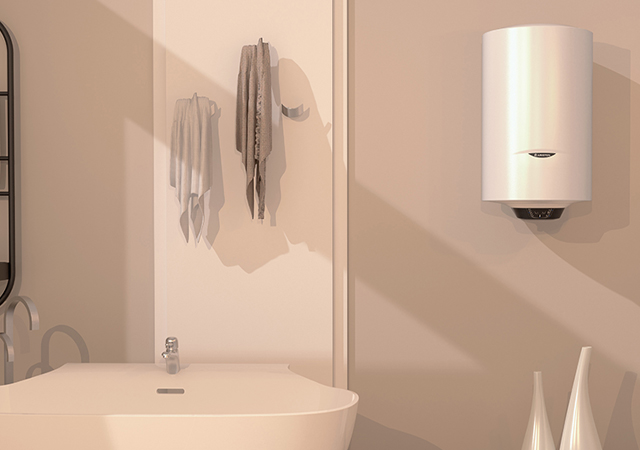
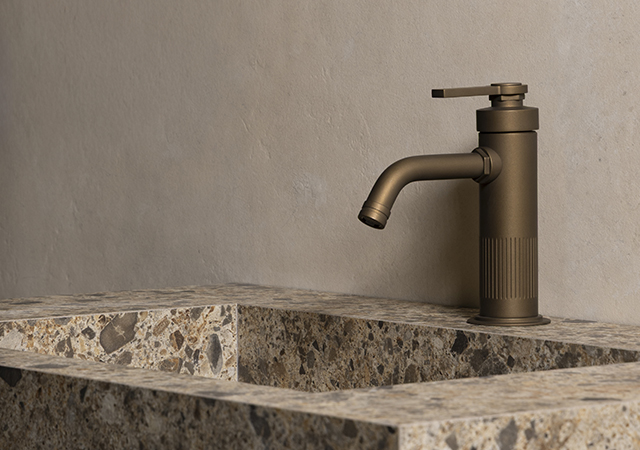

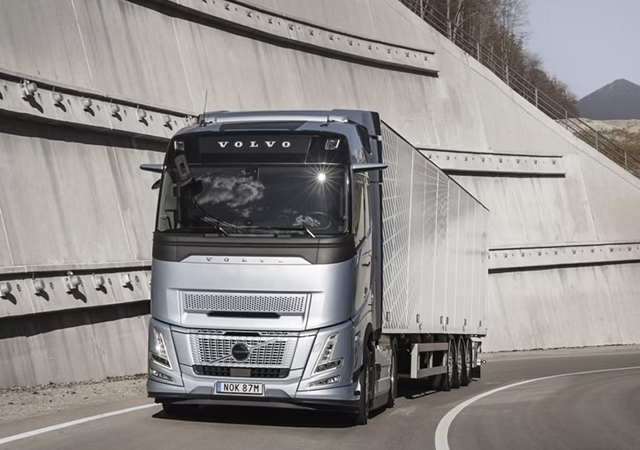
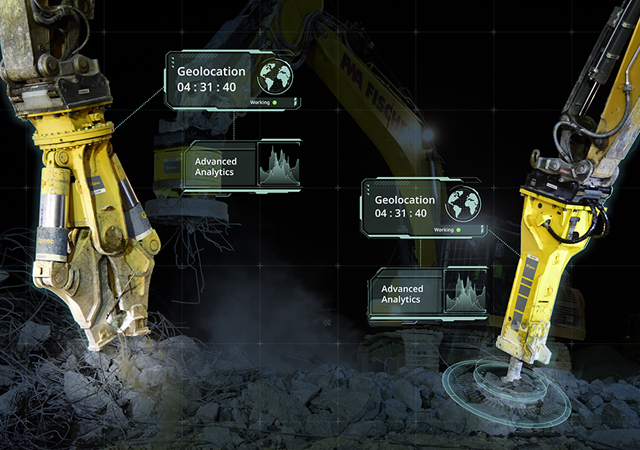
 (1).jpg)

